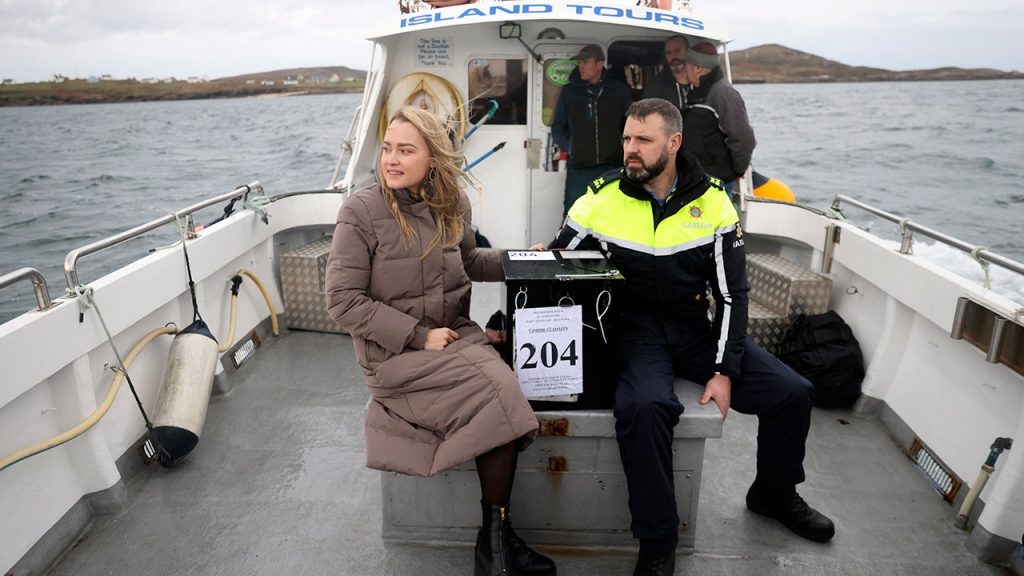Ireland is holding a crucial parliamentary election that could determine the direction of its government amid widespread dissatisfaction with incumbents worldwide. Voting commenced early Friday morning with 3.8 million citizens responsible for electing 174 lawmakers to the Dáil, the lower house of parliament. As Ireland navigates issues stemming from the global pandemic, geopolitical instability, and rising living costs, the outcome of this election will serve as a referendum on the effectiveness of the parties in power and their response to these challenges.
The outgoing government consists of two historical rivals, Fine Gael and Fianna Fáil, who have shaped Ireland’s political landscape for over a century. Their partnership was formed unwillingly after the 2020 election resulted in a stalemate, leading to a coalition government that agreed to alternate the premiership. The leadership has shifted from Fianna Fáil’s Micheál Martin to Fine Gael’s Leo Varadkar and now to Simon Harris after Varadkar’s unexpected resignation. While Fine Gael and Fianna Fáil share similar center-right policies, their longstanding rivalry, rooted in the civil war of the 1920s, complicates their coalition dynamics.
Sinn Féin, the opposition party that made significant strides in the 2020 election by winning the popular vote, has remained on the sidelines of government due to the other two parties’ refusal to collaborate with them, primarily due to unease over their historical ties to the IRA and their leftist agenda. In Ireland’s proportional representation system, this election presents opportunities for smaller parties and independent candidates, some with controversial backgrounds, to gain representation in parliament.
The primary issue at stake is the escalating cost of living, particularly concerning housing shortages that stem from years of inadequate construction and economic downturn. With soaring property prices and rising rents, homelessness has become a pressing concern in Ireland. Experts suggest that, despite economic growth, Ireland’s past mistakes in urban planning have led to dire infrastructural deficits. Concurrently, immigration emerges as a contentious topic, particularly with the arrival of a significant number of Ukrainians and asylum seekers from other conflict-ridden regions, creating further strain on housing resources and provoking public anxiety and anger.
Opinion polls reflect a divided electorate, with support seemingly evenly split among Fine Gael, Fianna Fáil, Sinn Féin, smaller parties, and independents. Fine Gael’s campaign has faced challenges, while Fianna Fáil remains stable, and Sinn Féin asserts it has gained traction. However, unless the traditional parties reconsider their reluctance to partner with Sinn Féin, they will likely dominate the government formation process again with similar coalition arrangements. Political analysts suggest that the next coalition government may mirror prior governments’ center-right policies with minor adjustments dictated by smaller parties or independent representatives.
As the election day unfolds, the political landscape in Ireland remains fluid, with the polls closing at 10 p.m. (2200 GMT) and exit polls expected to provide initial insights into the election result. Full vote counts will not be available until Saturday, and the process of finalizing a government could take several days to weeks. Prime Minister Simon Harris acknowledges the complexity of the election and its potential ramifications, highlighting the uncertain nature of the electoral process. The results will reveal whether the incumbents maintain their grasp on power or if the electorate seeks change amid a backdrop of pressing socio-economic issues.

